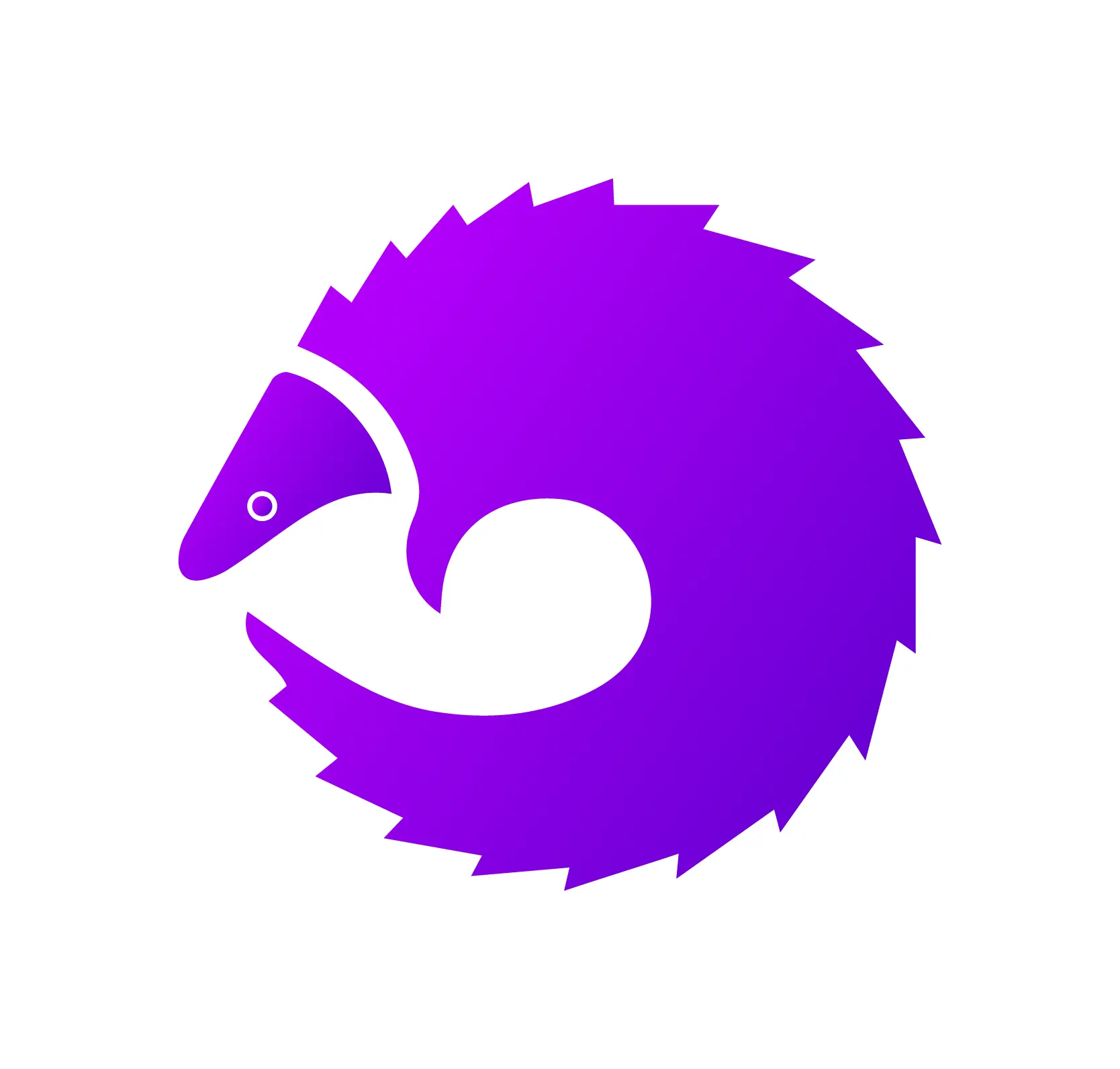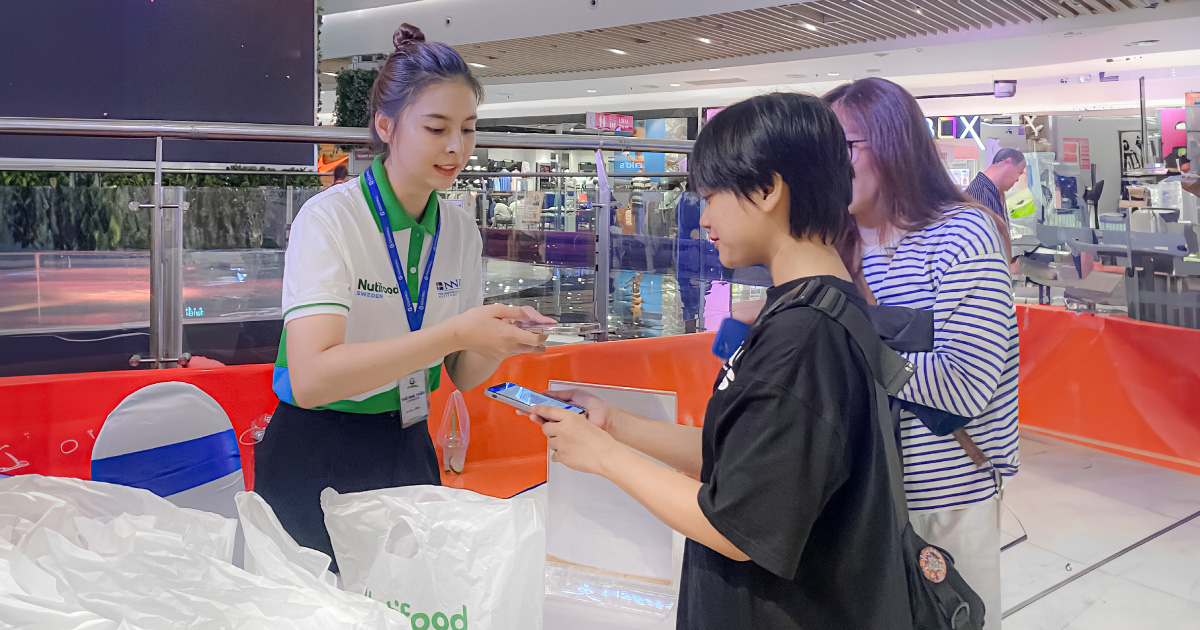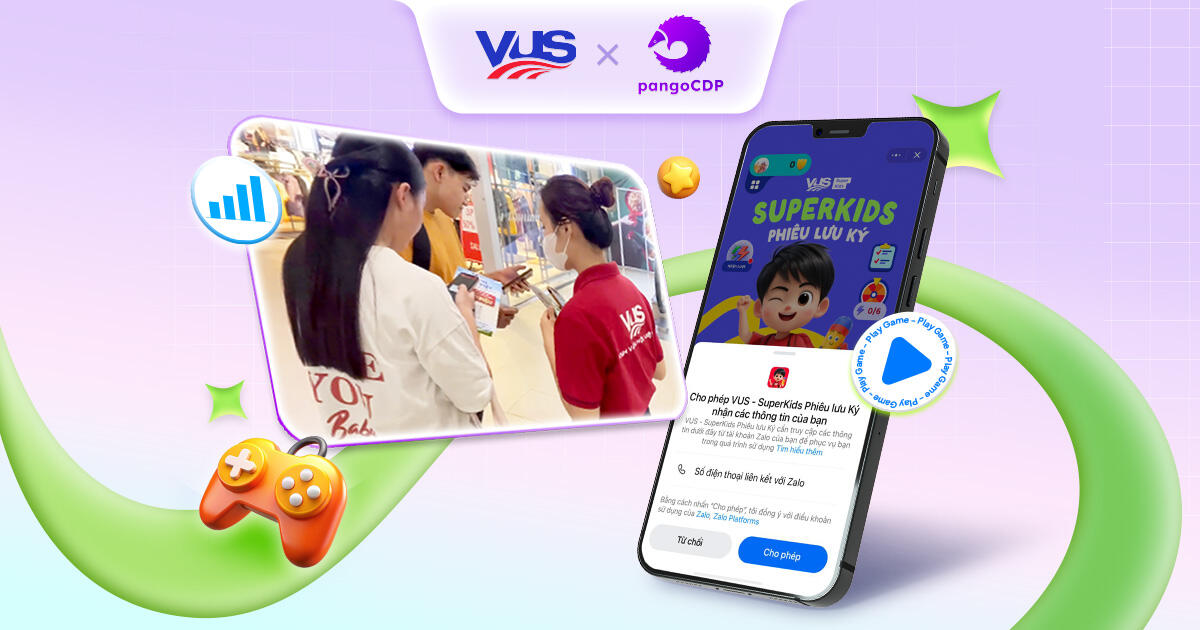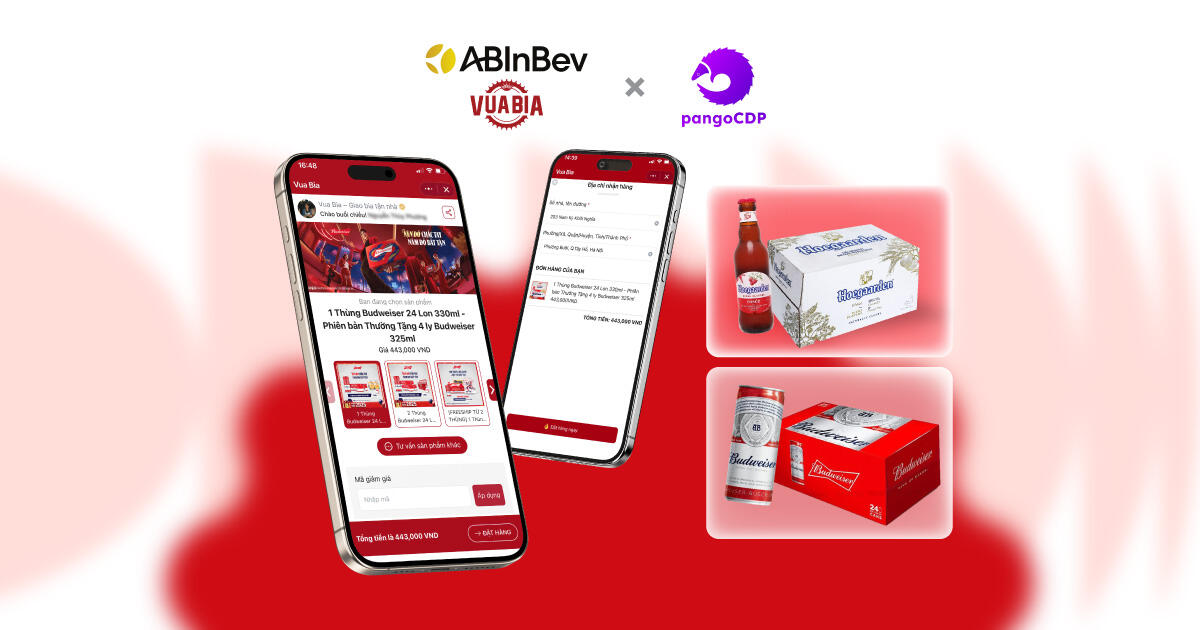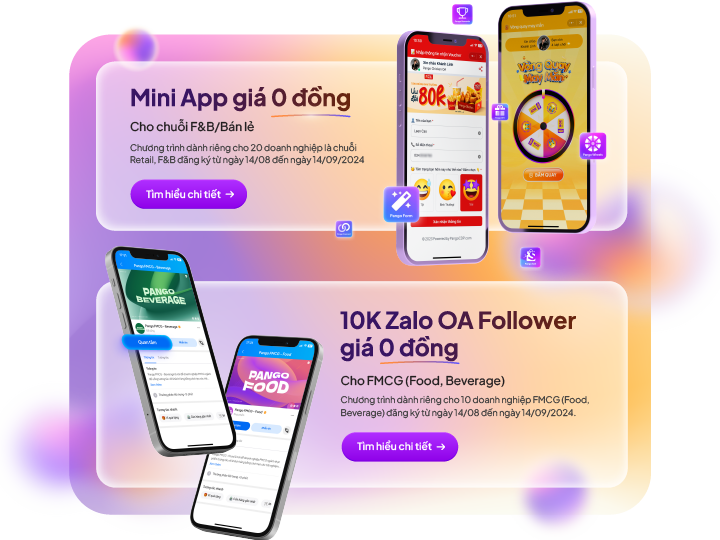In the previous article of the series on Data of FMCG businesses in Vietnam, we have all agreed that the data from the Activation channel is extremely large and plays an important role in helping FMCG businesses understand customer behavior, measure effectiveness and optimize campaigns. However, the process of recording and aggregating data often takes place manually, inaccurately, leading to potentially ineffective decisions. In this part, we will learn what major FMCG brands have done to make the data recording process easier and more accurate.
Nutifood and the story of sampling distribution on Zalo
Nutifood is a leading food company in Vietnam, specializing in the production and sale of dairy products, nutritional supplements for children and adults, committed to bringing quality and valuable nutritional products to consumers.
Nutifood has collaborated with the Pango team to optimize advertising budgets and collect data from Activation activities as follows:
In each sample distribution activity at the booth, PGs introduces the program and invites customers to participate by scanning a QR Code. The QR Code leads customers to Nutifood’s interaction channel. Here, all customer activities will be collected and tracked in real-time by the CDP.
Customers often want to receive samples, but if they have to provide the information for PG or fill it out manually, it will make them feel inconvenient. With PangoCDP, this task becomes more interesting and simpler thanks to the form of games or surveys with special designs, personalization to help customers feel more satisfied.
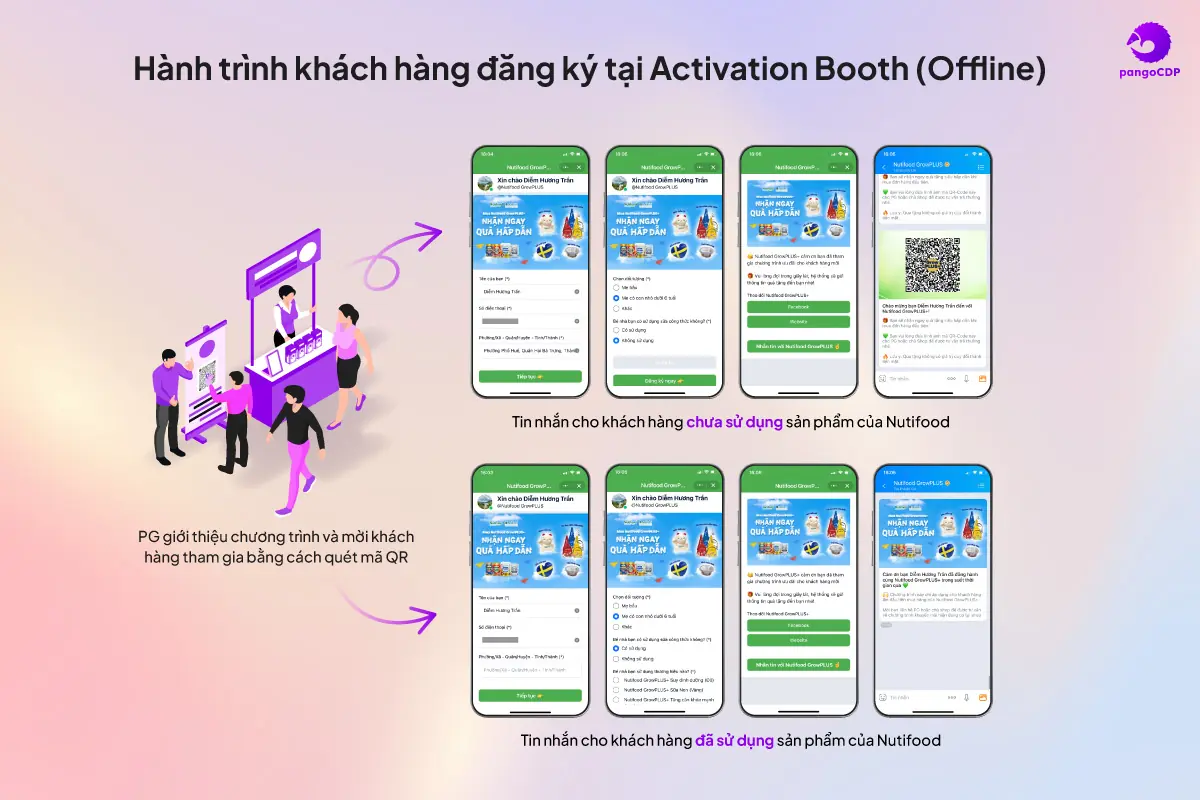
Every year, by reaching new customers and taking care of existing customers through Zalo, Nutifood has solved the data problem for offline activation activities. At the same time, they have saved a significant budget for re-engaging this customer base.
Consumer data from low-value product groups
First, let’s compare the differences in marketing and distribution of FMCG products between high-value and low-value product groups (under 200,000 VND per product):
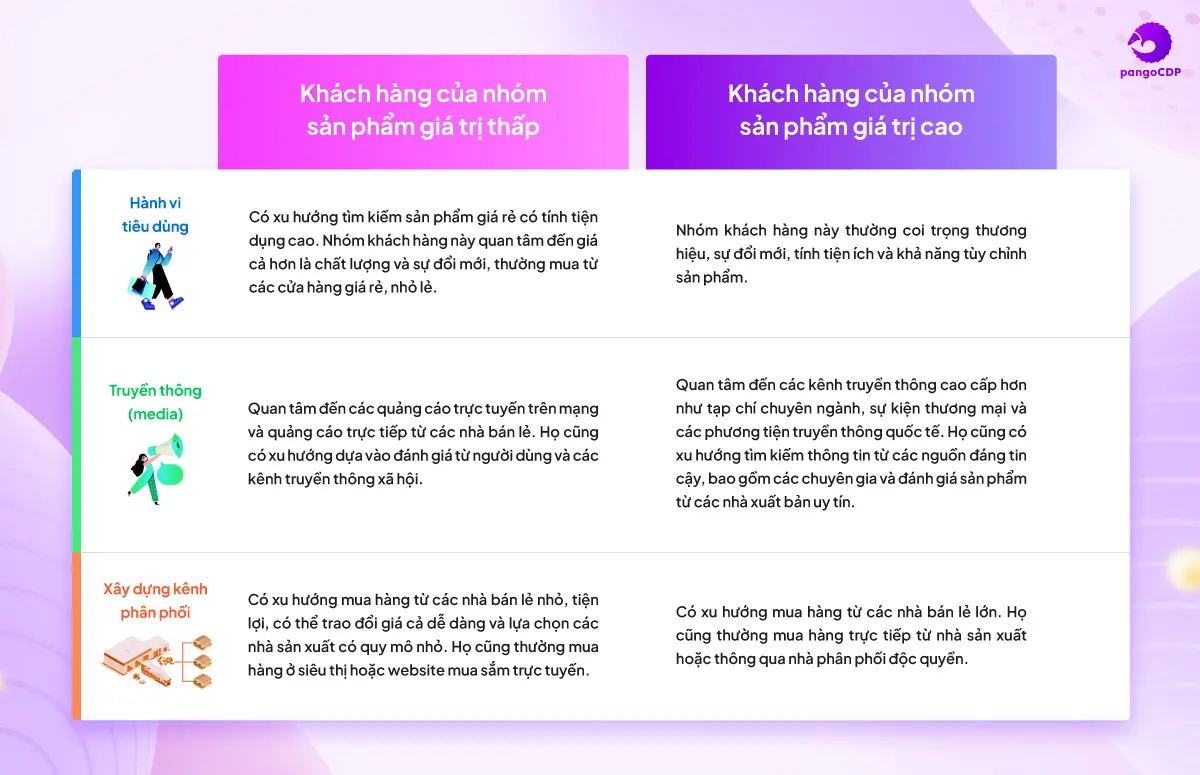
Differences in habits, consumer behavior, media access and distribution channels show that compared to high-value manufacturers, low-value manufacturers face more difficulties in collecting customer data. This is because:
Firstly, customers can buy products at many places such as grocery stores, market stalls, convenience stores, supermarkets, etc. Talking about customer data for these traditional points of sale is very unrealistic.
Secondly, there are many different factors that influence the shopping decisions of this customer group. They may follow the advice of sellers, consult friends, colleagues or be attracted by a promotional program. It is difficult for businesses to identify customers who choose their products for what reason, and which communication channels or campaigns are effective.
How Coca Cola “touch” Chinese consumers
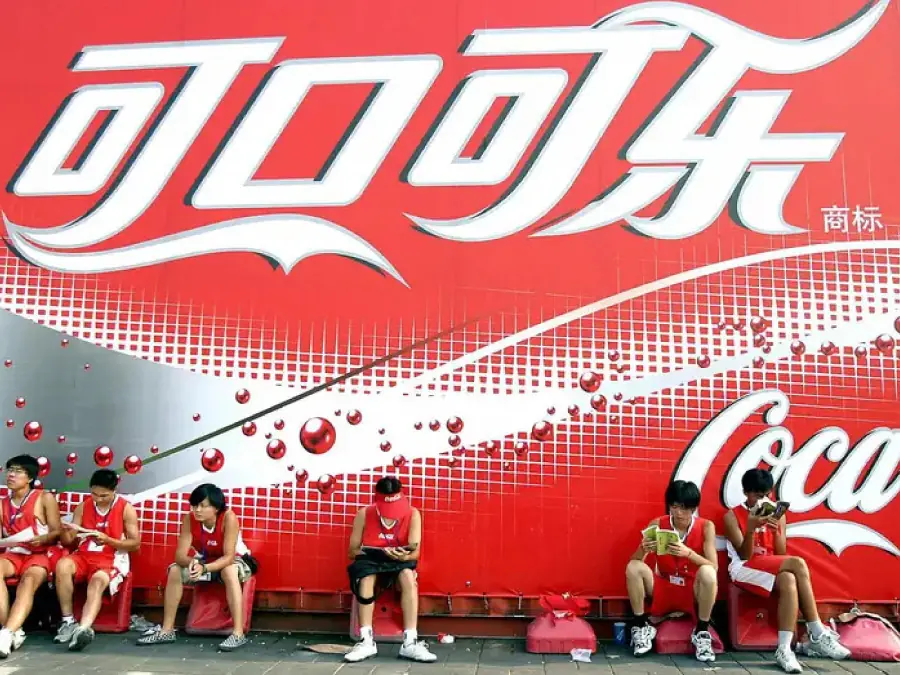
Coca-Cola has solved the above data problem by building an interaction channel on the WeChat platform.
When entering a new market, major brands all understand that to quickly reach users here, they need WeChat, a fertile ground with more than 1.3 billion users. Coca-Cola is no exception. This billion-pop country has become Coca-Cola’s third largest market, only after the US and Mexico. So, what’s special about building a user experience on Coca-Cola’s WeChat?

On WeChat, users interact with Coca-Cola through OA and Mini Program. If OA is where the brand sends their messages, Mini Programs are more exciting with a variety of interesting interactive activities.
With Coca-Cola’s OA, when started interaction, Coca-Cola will send a welcoming message with gifts for new members and lead them to their Mini Program to receive gifts with 2 goals:
- To let users know what specific gift they receive and how to use it In addition, users can also see all other vouchers and fulfill Coca-Cola’s requests to receive more vouchers if they find it attractive.
- To direct users to other Coca-Cola’s loyalty programs.
Inside Coca-Cola’s OA, users can also search for Mini Programs. Currently, Coca-Cola has many Mini Programs to serve different user needs. Here are some notable Mini Programs:
1. Mini Program E-Commerce
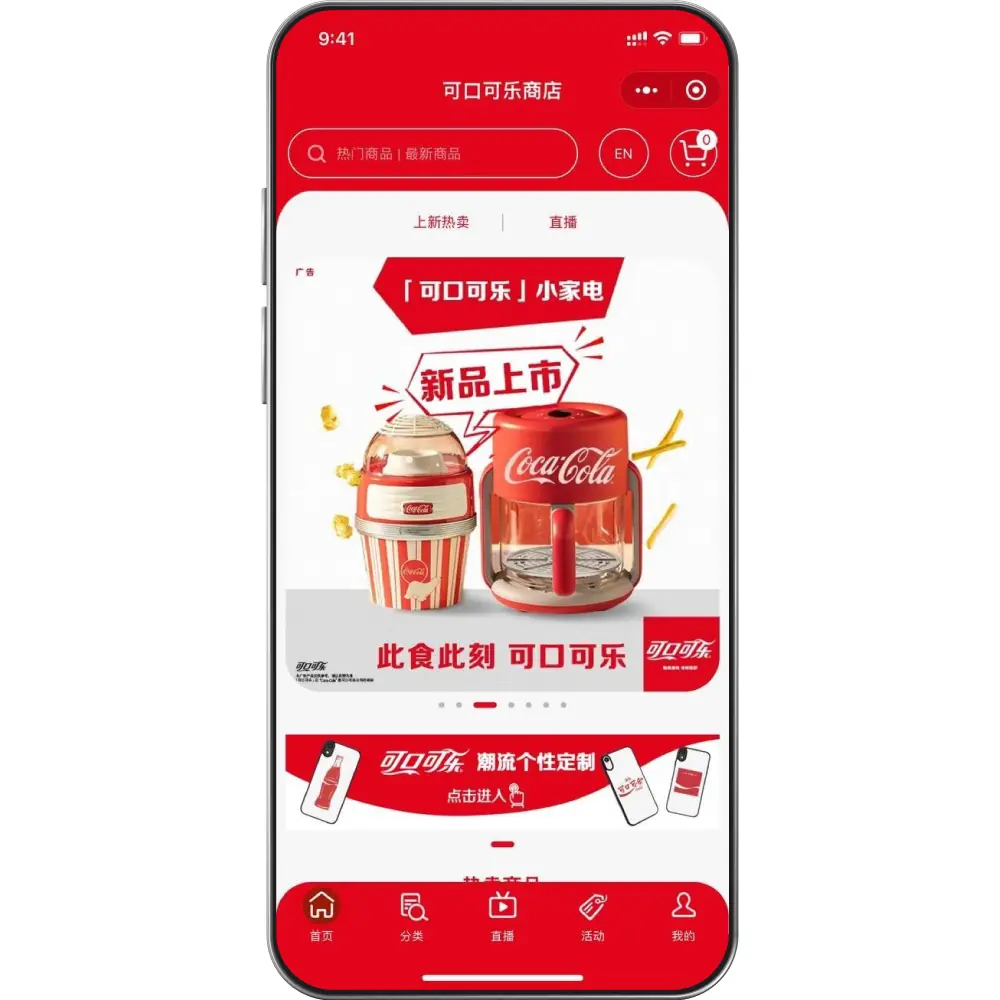
In the Mini Program E-Commerce, users can easily select products, place orders, and make payments within the app. Similar to a basic E-Commerce App, users will see all product categories of Coca-Cola, including carbonated drinks (Coca-Cola, Fanta, Sprite), fruit juices (Minute Maid), fruit milk drinks (Nutri Boost), plain water, tea (Dasani), and various sports and energy drinks (Aquarius).
In addition, users can also track promotions, shopping carts, update the nearest store and check purchase history, order status, shipping status… all within a simple Mini Program.
2. Mini Program Loyalty

The Mini Program Loyalty includes activities that help businesses increase customer engagement and loyalty.
In Coca-Cola’s Mini Loyalty Program, users can play games, hunt for vouchers, accumulate points and receive gifts. By providing rewards after each activity, Coca-Cola can encourage customers to buy and spend more money. So how did Coca-Cola do this on their Mini Loyalty Program?
Let users comfortably accumulate points in many ways
Coca-Cola allows users to accumulate points through simple tasks like registering as a member, scanning QR codes on products (can tops, bottle caps), accessing the Mini Program for daily check-ins, or completing surveys. This is an intelligent approach of Coca-Cola to help them stimulate users to engage more, even spending money to earn more points. According to a Bond Brand Loyalty survey, 64% of participants in a loyalty program can spend more on a brand just to maximize the points they earn if the rewards are attractive enough.
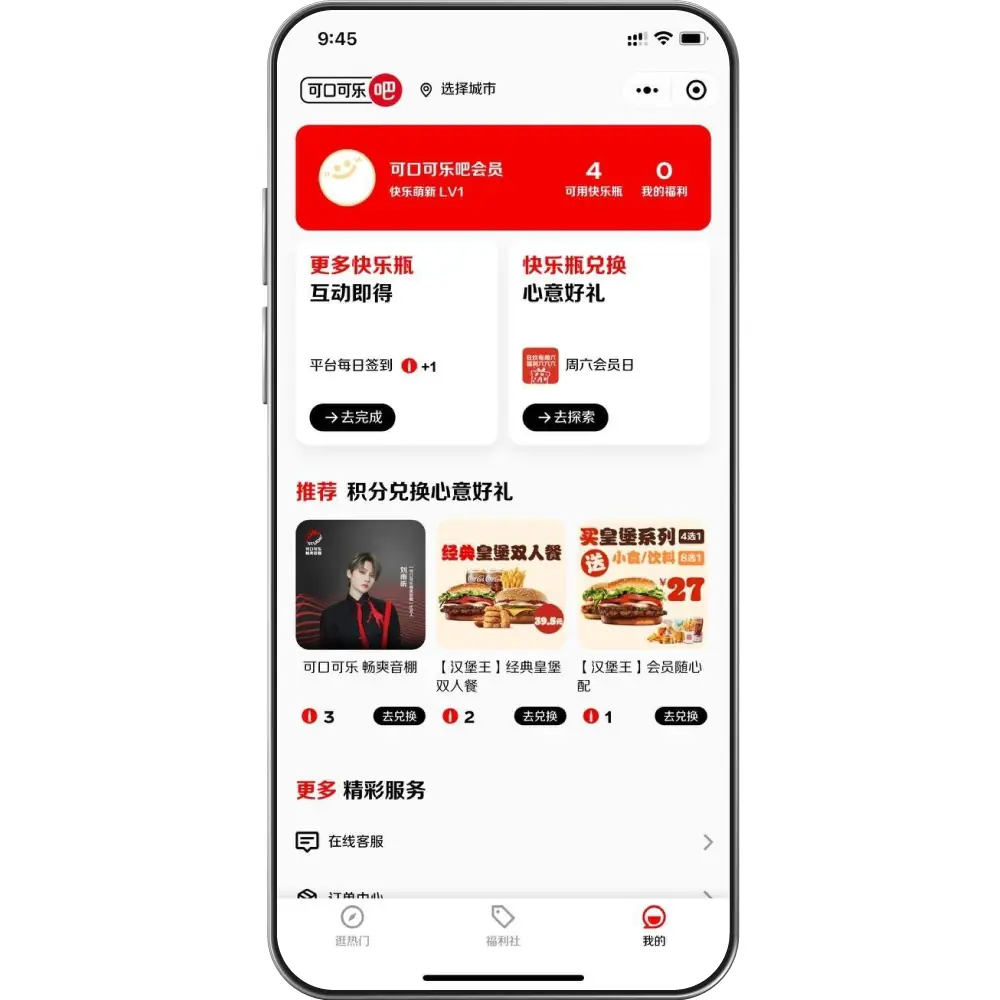
In addition, on the main interface of Mini Program Loyalty, customers can completely see their points updated in real-time. From there, they can check and choose to use the accumulated points as they wish.
Voucher hunting
Voucher hunting at Coca-Cola is also entirely new. The story begins when users accumulate points, and they will use these points for three activities:
- Redeem points for vouchers: Users will use their accumulated points to exchange for vouchers with different discount values, depending on the number of points they have.
- Redeem points for a Game Lucky Spin: Receive more attractive rewards from the brand. Each participant will use 3 accumulated points to exchange for one lucky spin every Saturday night in Coca-Cola’s Mini Program. With each spin, users can have up to 3 spins and receive different vouchers. The list of vouchers and gifts will be announced by Coca-Cola at the beginning of each week, and lucky players might win a car or the latest iPhone.
- If users don’t like to redeem accumulated points, they can get vouchers directly at Coca-Cola’s campaigns.
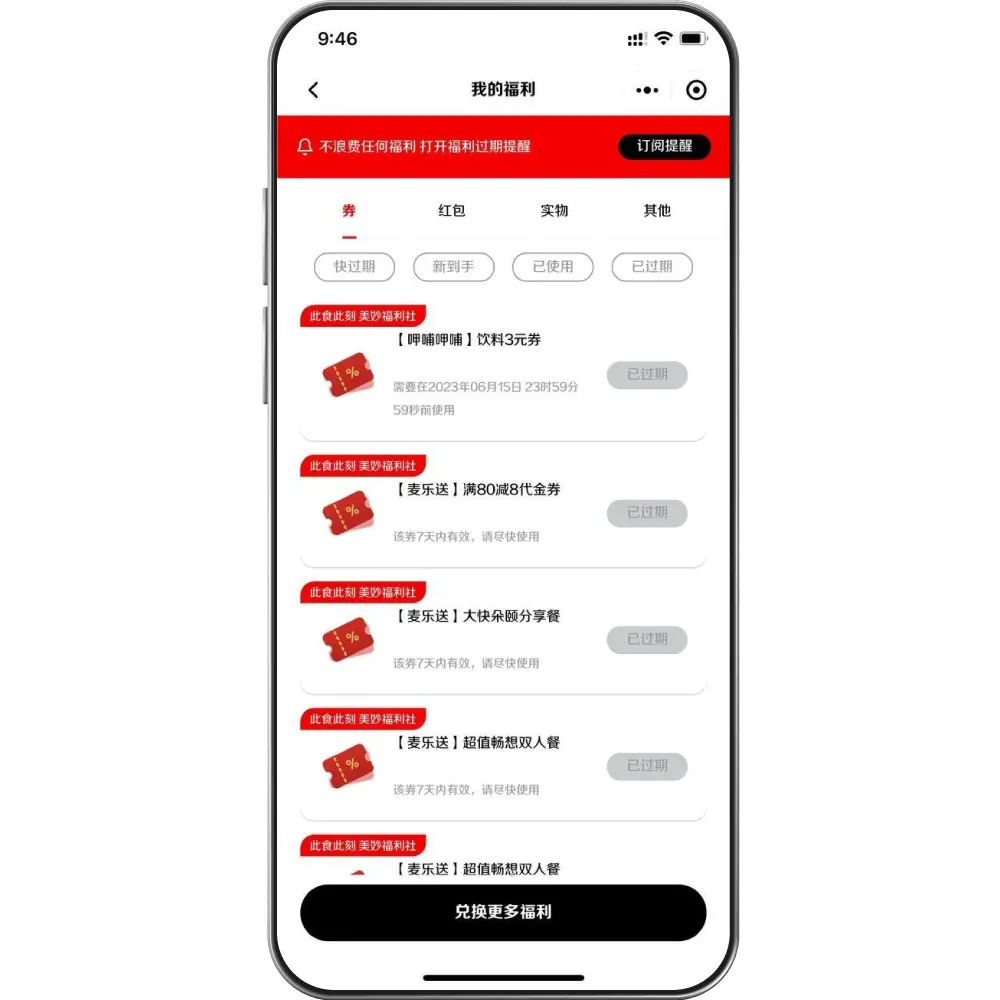
Not only that, each type of voucher used for anything is also clearly indicated by Coca-Cola’s Mini Program to users. For example, vouchers can be redeemed for purchases at Coca-Cola stores or at partner fast-food chains like McDonald’s.
In addition, users can also know where the voucher can be used (online or offline) and whether the status of their vouchers is about to expire. Not to mention, with the “All In App” utility of WeChat, users can immediately use Coca-Cola’s voucher with WeChat Pay – WeChat’s e-wallet for shopping.
At this point, you can see one thing: All user activities on Coca-Cola’s Mini Program follow a certain way such as earning points (Earn Points) and spending points (Burn Points), making the accumulated points valuable.
Earn Points means users have to do everything to get points, while Burn Points is using accumulated points to find and exchange for something of greater value. Accordingly, customers will always have a reason and motivation to return to the App to accumulate points until they achieve what they want. Through such activities, they gradually engage and become loyal customers who bring significant revenue to Coca-Cola.
Perhaps these innovative Loyalty activities stem from the fact that Coca-Cola has grasped the needs and psychology of customers. To do this, Coca-Cola must regularly monitor all customer activities and data.
